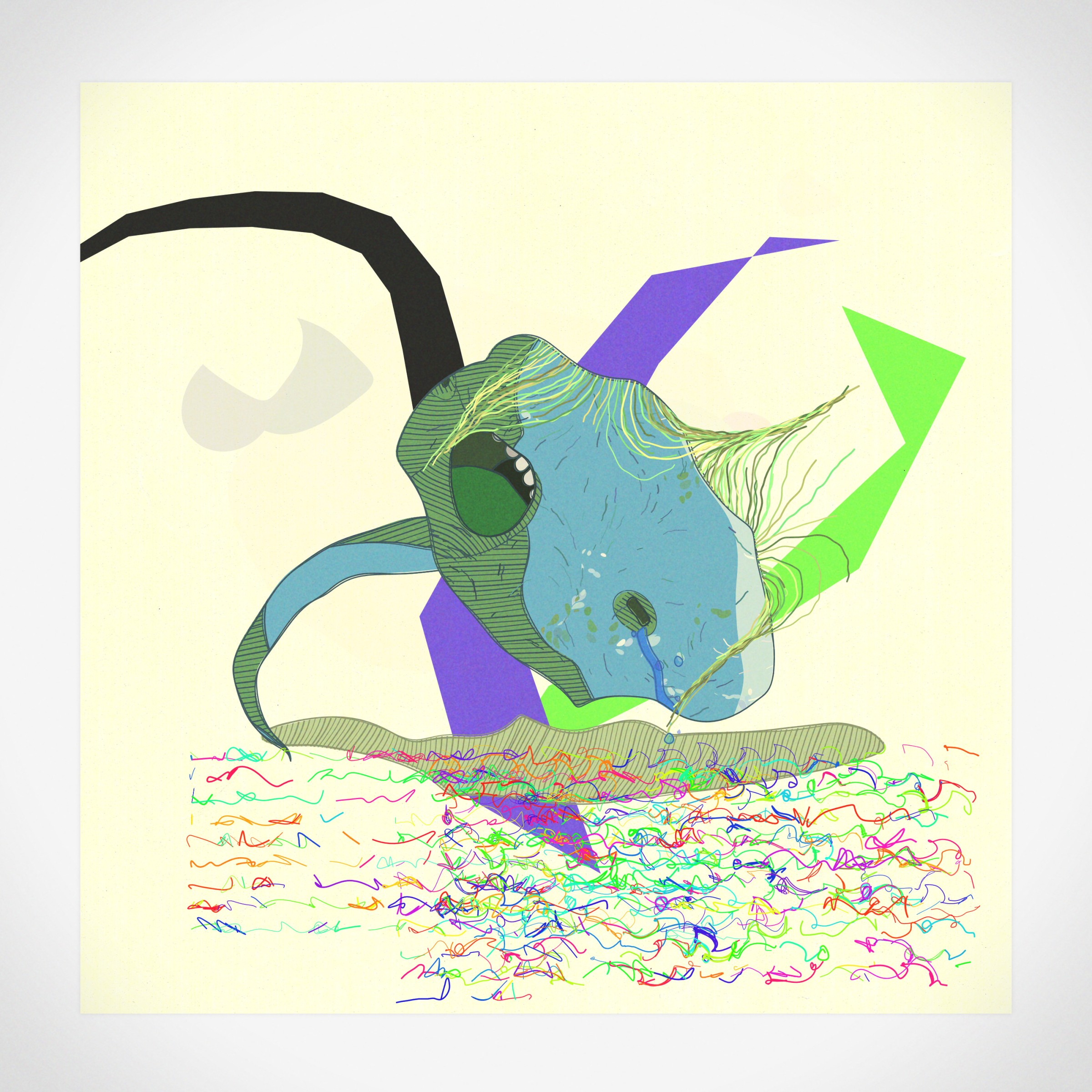This week, I took a look at Karl Sims and his piece, Seven Experiments in Procedural Animation 2018. I found this piece very inspiring because of its beautiful renderings. The movements of the different experiments feeling natural, smooth, and organic. But they also have an artificial touch to them as they are computer-generated renderings in the first place. I admired the clean yet sophisticated forms he produced using mathematical equations. It’s strange to me to think that beauty can be derived from an equation: quantifying beauty in a sense. It is stated that he is using fractal equations, procedural noise, and reaction-diffusion techniques to create his visuals in this piece. Sims’ goal was to create an algorithm/visual piece that mimicked living organisms and microscopic structures that would evoke a biological aesthetic. Clearly, he was able to achieve what he set out to do, illustrated by the very fine movements and organic forms he incorporated into his work.
Karl Sims Seven Experiments in Procedural Animation
![[OLD SEMESTER] 15-104 • Introduction to Computing for Creative Practice](https://courses.ideate.cmu.edu/15-104/f2021/wp-content/uploads/2023/09/stop-banner.png)


